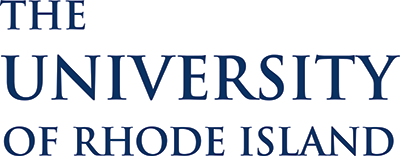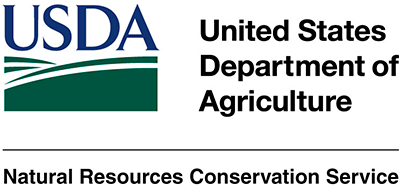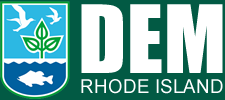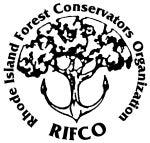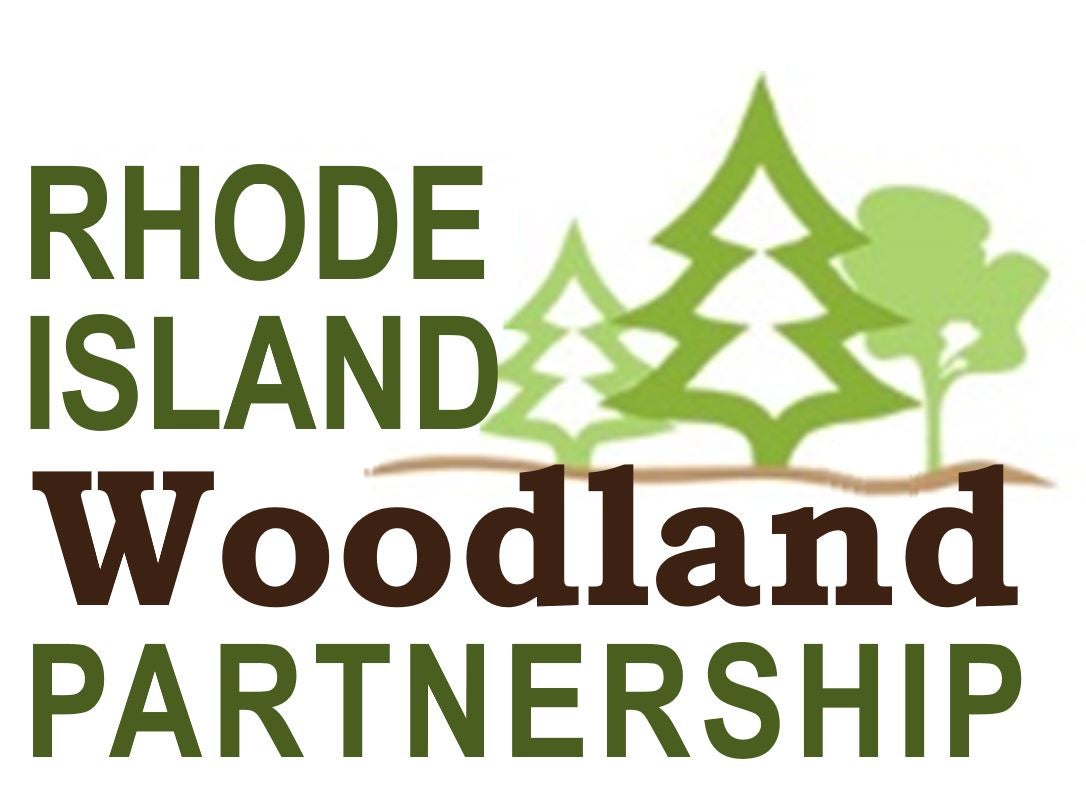The following list of businesses is presented alphabetically. The organizations responsible for Rhode Island Woods do not endorse or recommend any of these businesses.
A & D Professional Pest Elimination
203 Concord St, Suite 313
Pawtucket, RI 02860
Phone: (401) 726-8021
Fax: (401) 726-6521
Email: info@adpestelimination.com
Web: www.adpestelimination.com
Arrest-A-Pest, Inc.
99 Brownlee Blvd.
Warwick, RI 02886
Phone: (401) 738-3766
Fax: (401) 738-4194
Email: info@arrestapest.com
Web: www.arrestapest.com/
Budget Pest Control
2009 Elmwood Ave
Warwick, RI 02888
Phone: (401) 781-3232
Web: www.budpest.com/
Critter Control of R.I.
Cranston, RI
Phone: (401) 637-7991
Email: rhodeisland@crittercontrol.com
Web: http://rhodeisland.crittercontrol.com/
Debug Pest Control, Inc.
16 Terry Lane, Unit 3
Glocester, RI 02814
Phone: 401-992-9000
Email: info@debugpestcontrol.com
Web: www.debugpestcontrol.com
Dead Bugs and Beyond
1700 Elmwood Ave
Warwick, RI 02888
Phone: (401) 264-6161 or (855) 4-DEADBUGS
Web: www.deadbugsandbeyond.com/
Debug Pest Control, Inc.
16 Terry Lane, Unit 3
Glocester, RI 02814
Phone: 401-992-9000
Email: info@debugpestcontrol.com
Web: www.debugpestcontrol.com
Fur and Feather Wildlife Removal
521Providence St.
Warwick, RI 02886
Phone: (401) 241-3523
Email: higgss2000@yahoo.com
Griggs and Browne Co.
175 Niantic Ave
Providence, RI 02907
Phone: (800) 924-8083
Fax: (401) 943-8083
Web: www.griggsbrowne.com/
Kaiser Tree Preservation Co
PO Box 548
North Kingstown, RI 02852
Phone: (401) 294-6397
Email: Office@kaisertree.com
Web: http://www.kaisertree.com/
Lincoln Pest Control
301 Farnum Pike
Smithfield, RI 02917
Phone: (401) 349-5600; Toll Free: (800) 542-1511
Email: admin@lincolnpestcontrol.com
Email: info@lincolnpestcontrol.com
Narragansett Pest Control
4060 Tower Hill Road (RT. 1)
Wakefield, RI 02879
Phone: (401) 783-3933
Fax: (401) 284-2827
Email: power@surfingrat.com
Web: www.narragansettpestcontrol.com/
New England Wildlife Solutions
Foster, RI
Phone: 401-330-8168
Web: www.newildlifesolutions.com/
Ocean State Wildlife Control
71 Blueberry Lane
Tiverton, RI 02878
Phone: (401) 297-6173 (Cell)
Pest Patrol, Inc.
PO Box 91099
Johnston, RI 02919
Phone: (401) 463-3116
Email: pestpatrolinc990@gmail.com
Web: www.pestpartolinc.net
Rhode Island Beaver Management
Phone: (401) 646-4730
Email: molly@ribeavermanagement.org
Web: www.ribeavermanagement.org
Steripest Services, Inc.
Johnston, RI 02919
Phone: (401) 632-0599 or (800) 458-7378
Email: steripest@cox.net
Web: www.steripest.com/home
The Goose Buster
31 Inkberry Trail
Narragansett, RI 02882
Phone: (401) 662-2552 or (401) 783-7839
Email: thegoosebuster@gmail.com
Web: www.snegoosebusters.com/
Vanishing Geese Goose Control
PO Box 620
North Scituate, RI 02857
Phone: (401) 447-9320
Email: vgeese@verizon.net

